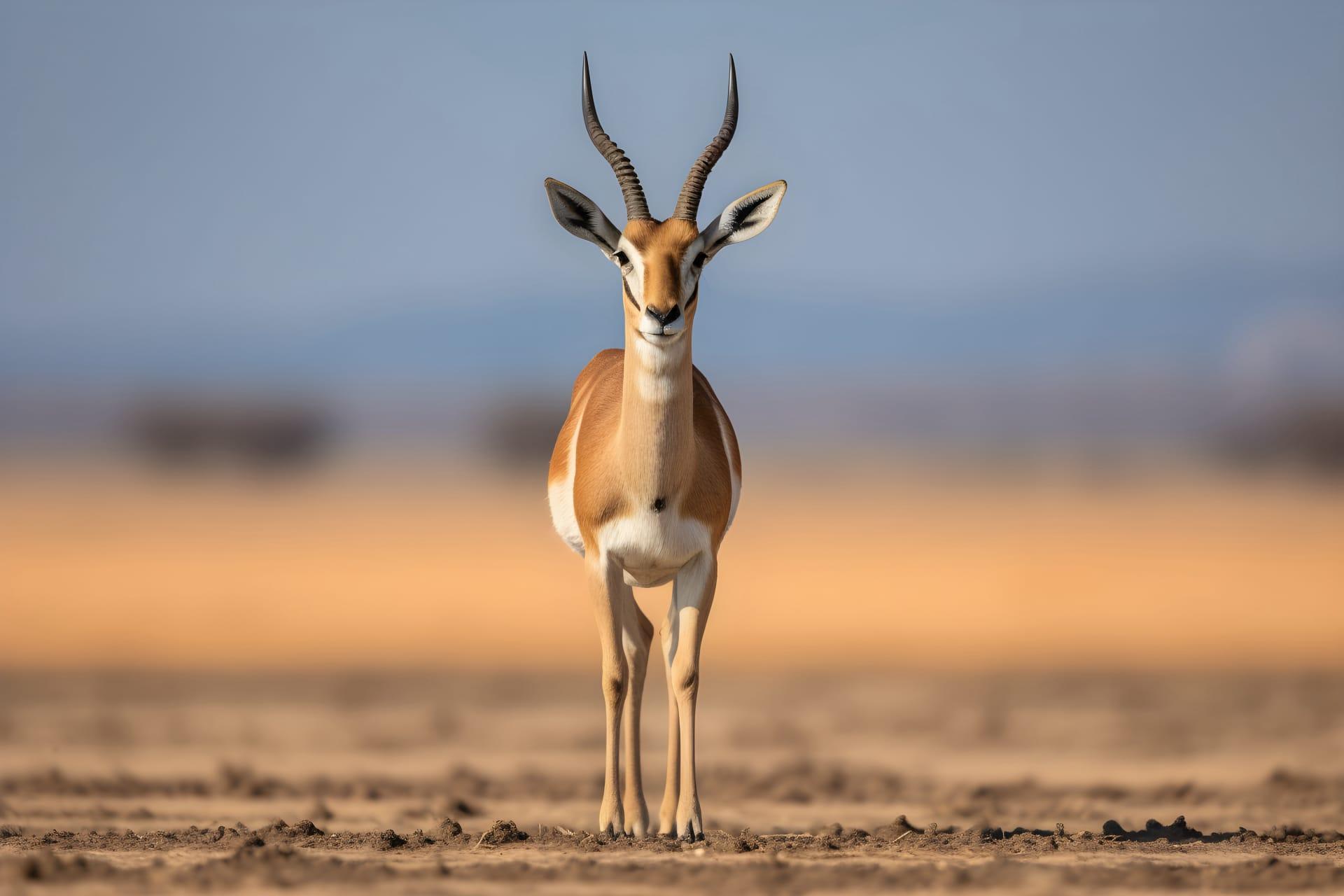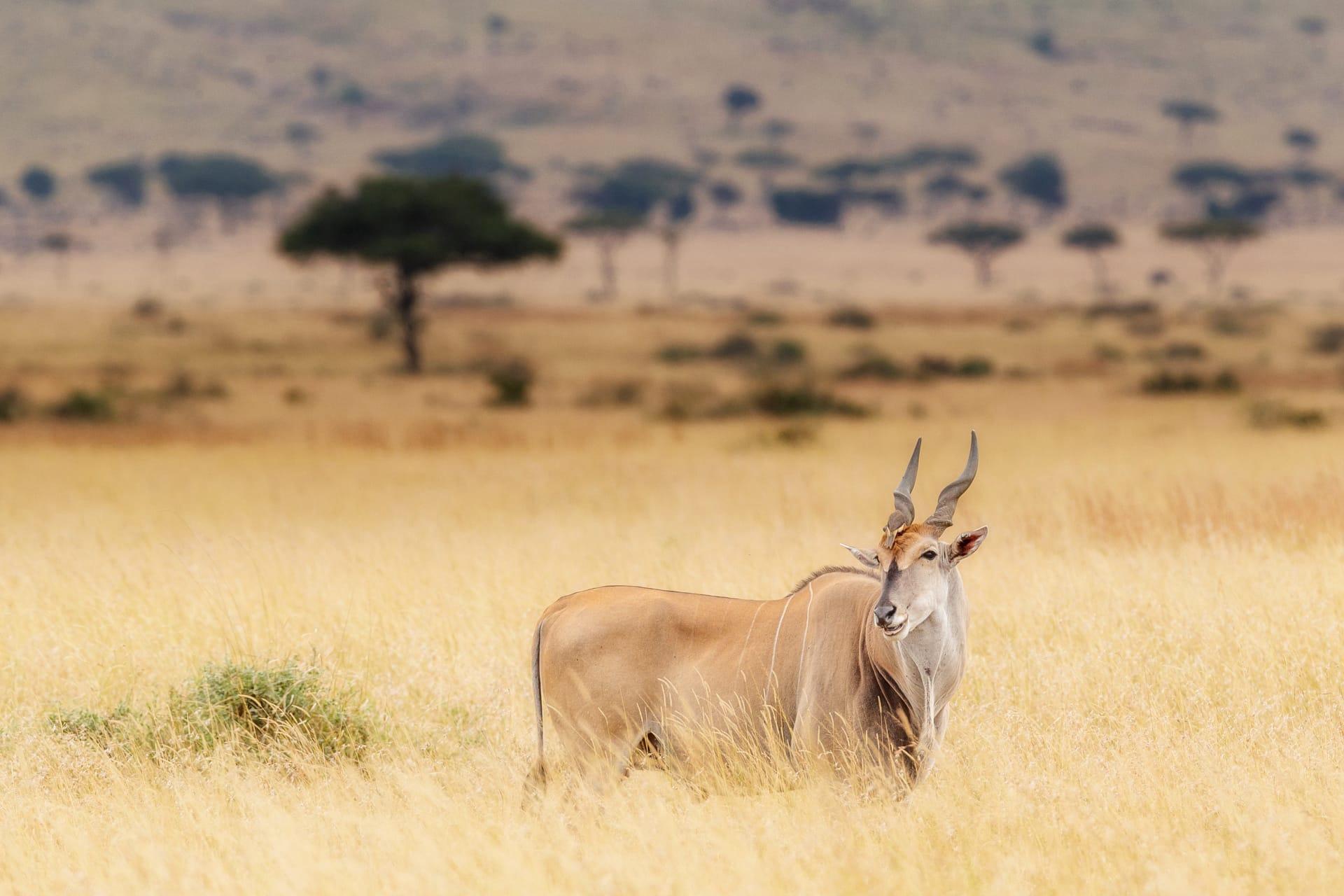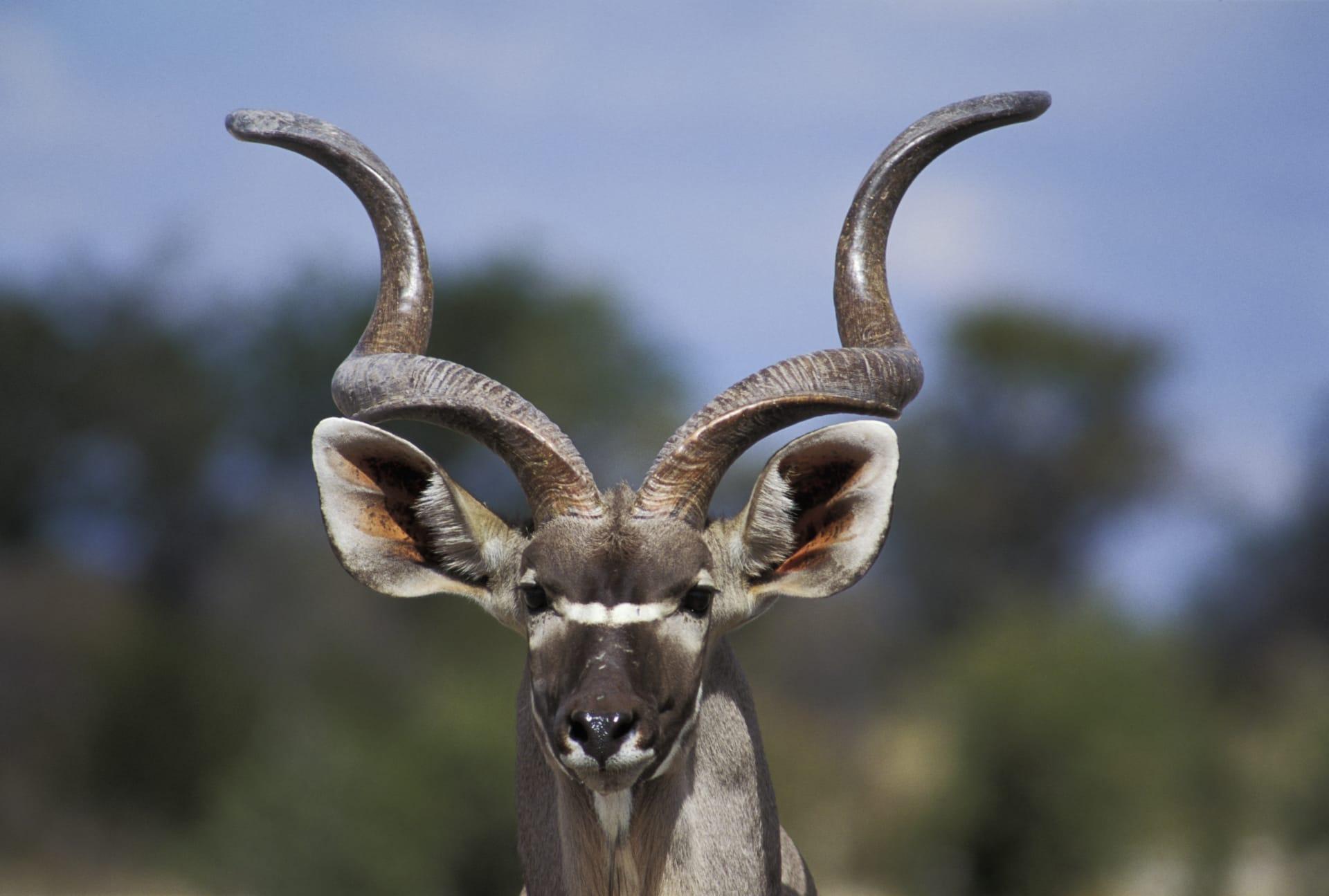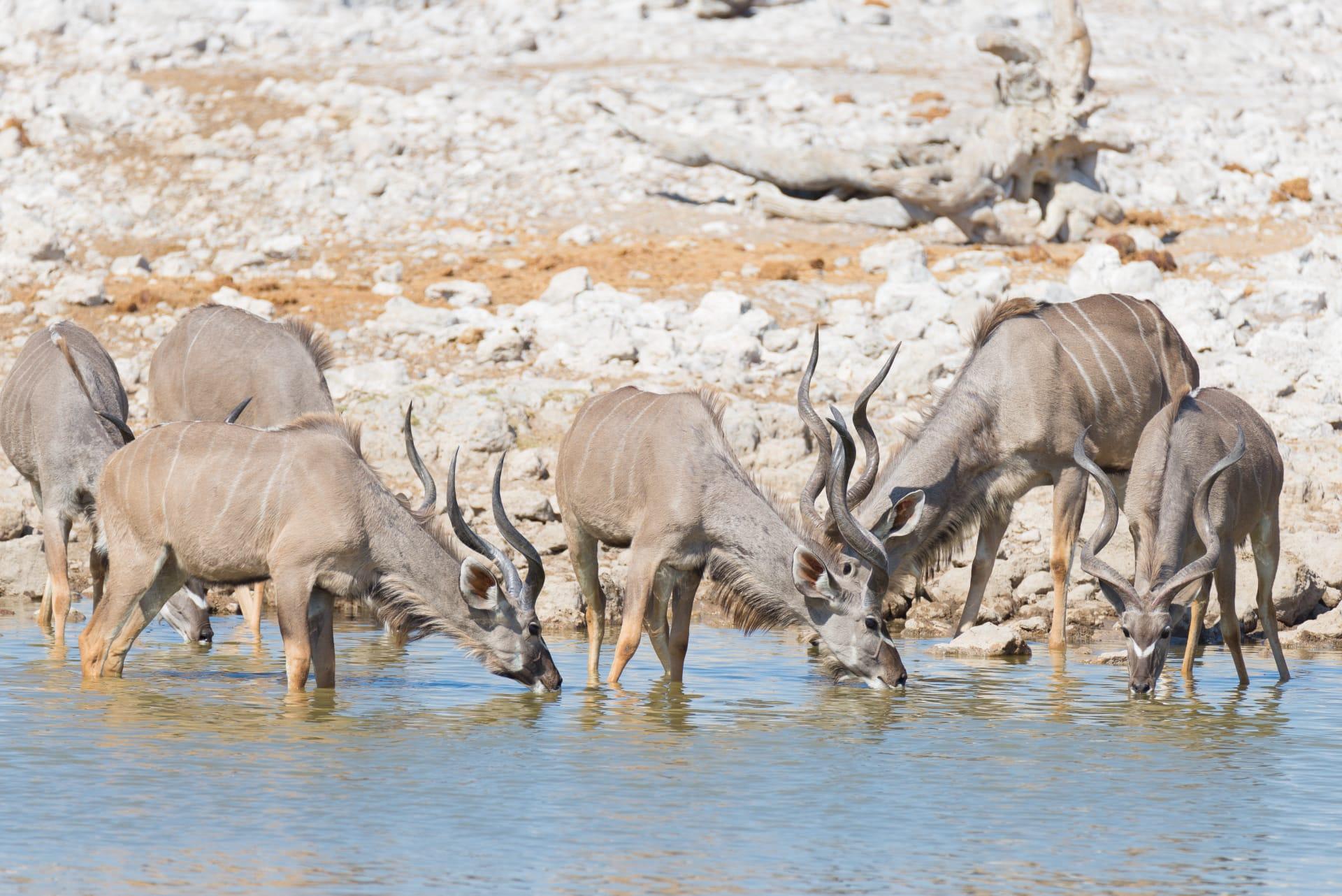Antelope
- Home /
- Mini Encyclopedia /
- Animal /
- Antelope
1
Antelopes, a term often casually used to describe a variety of horned mammals, actually belong to the Bovidae family, which also includes sheep, goats, and cattle. They are not a taxonomic group but rather a loosely defined collection of species. Antelopes are predominantly found in Africa, with a high concentration of diversity in sub-Saharan regions, but they also dwell in parts of Asia. Among the numerous species, some of the most recognized include the Impala, known for its elegant leaping ability, the Eland, the largest of the antelope species, and the tiny Royal Antelope, which stands just about 10 to 12 inches tall at the shoulder.
Antelopes predominantly inhabit savannas, grasslands, and woodlands, where their adaptations are best suited. Their distribution varies widely with species; for instance, the Gnus or Wildebeests are famous for their massive annual migration across the Serengeti in East Africa, a spectacle that attracts tourists worldwide. The Addax antelope, on the other hand, is adapted to desert environments and is found in the sandy deserts of the Sahara. Their ability to thrive in various ecosystems showcases their adaptability and evolutionary success.

2
Question: Are antelopes and deer the same?
Answer: A common misconception is that antelopes and deer are the same, but they are, in fact, quite different. Antelopes belong to the Bovidae family, characterized by hollow, unbranched horns that are permanent and grow throughout their life. Deer, on the other hand, are part of the Cervidae family and have antlers, not horns, which are made of bone, typically branched, and are shed and regrown annually. This distinction is not just a matter of terminology but reflects significant biological differences in their anatomy and life cycle.

3
Antelopes have developed a range of survival strategies to thrive in their often harsh and predator-filled environments. Their physical attributes, such as keen senses of sight and hearing, play a crucial role in detecting predators. Many antelopes, like the Springbok, have evolved remarkable agility and speed, reaching up to 55 miles per hour, to escape predators. Some species, like the Kudu, use a tactic called stotting - a high, stiff-legged leap - to signal their fitness and deter pursuit. Social structures also play a part; for example, Impalas form large herds where many eyes and ears can alert to danger, while others like the Dik-dik, opt for a more solitary or pair-based approach, relying on camouflage and stealth.
Another critical aspect of their survival strategy involves breeding and rearing young. Many antelope species have evolved to have short gestation periods, allowing them to quickly replenish their numbers. For instance, the Wildebeest calves can stand and run within minutes of birth, a vital adaptation for survival on the move. Their reproductive strategies often align with environmental conditions, like the rainy season, ensuring ample resources for the vulnerable young.

4
In the ecosystem, antelopes play a multifaceted role, contributing to both the biological and ecological balance. They serve as primary consumers, feeding on a variety of vegetation, thus influencing plant growth and distribution. This grazing behavior helps in seed dispersal and maintaining the health of grasslands. Their activities contribute to the cycling of nutrients in their habitats, promoting ecological diversity.
Antelopes also form a crucial part of the food chain, serving as prey for a variety of predators like lions, leopards, and hyenas. This predator-prey dynamic is essential for maintaining the balance in ecosystems. For example, the decline in antelope populations can lead to overpopulation of certain plants and undernutrition for predators, disrupting the natural balance. Additionally, antelopes are culturally and economically significant for many local communities, playing a role in tourism and, in some cases, sustenance.

5
Film: "The Last Antelope" (USA, 2018) is a documentary that explores the life and challenges faced by antelopes in Africa. It highlights their migration patterns, survival strategies, and the impact of human activities on their habitats. The film offers stunning visuals of antelope herds navigating the diverse landscapes of the African continent, providing insights into their complex social structures and the ecological threats they face.
Book: "Antelopes of Africa: The Ecology and Evolution" (USA, 2020) by Dr. Johnathan Fielding offers an in-depth look at the various antelope species across Africa. It delves into their evolutionary history, ecological roles, and the challenges of conservation. Fielding's work is notable for its detailed analysis and comprehensive coverage of these majestic creatures.
Book: "The Silent Sprinters: Understanding Antelopes" (UK, 2019) by Emily Stewart is a fascinating exploration of the lesser-known aspects of antelope behavior and biology. Stewart provides a unique perspective on their survival tactics, reproductive strategies, and the delicate balance they maintain in their ecosystems. This book is appreciated for its engaging narrative and scientific accuracy.